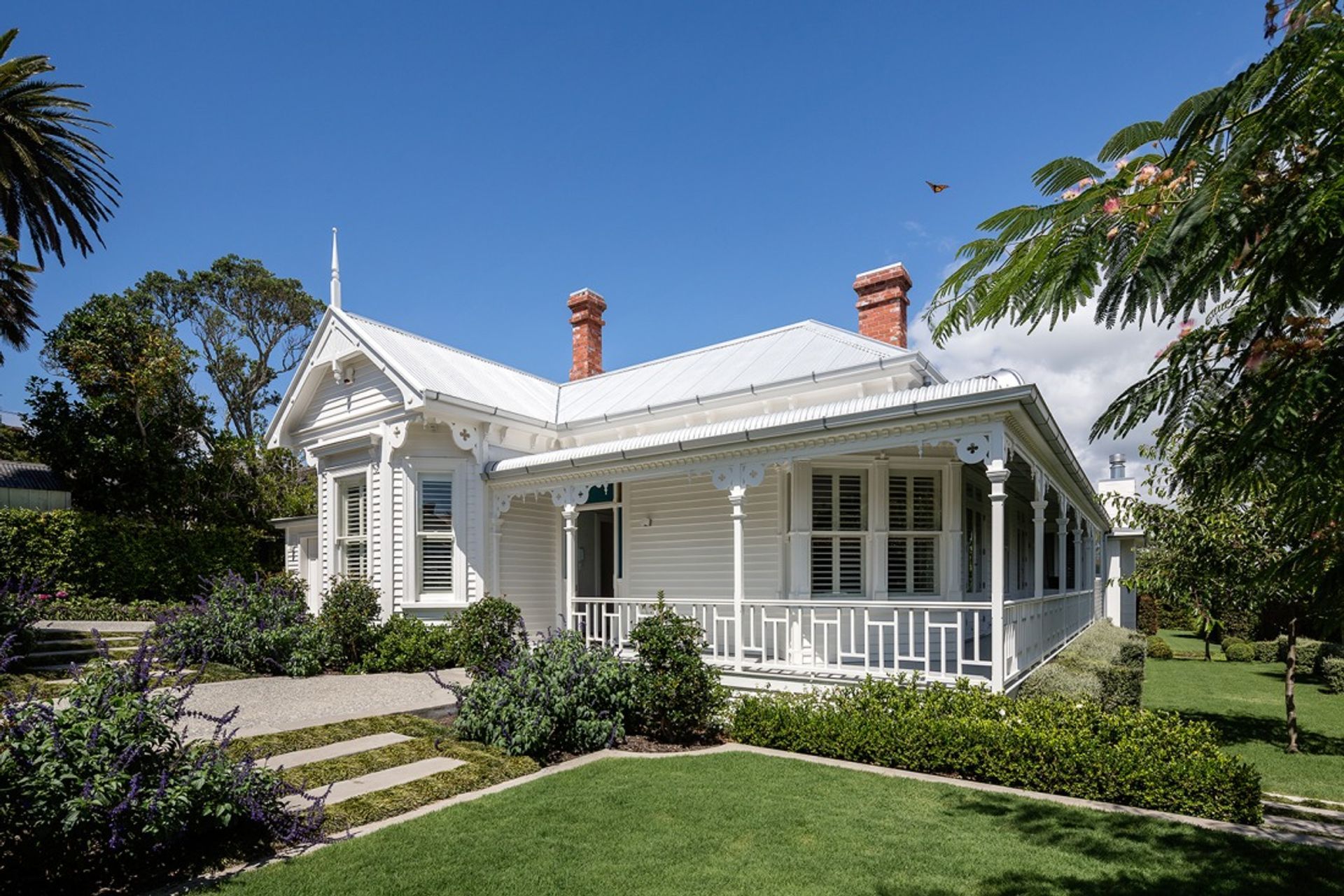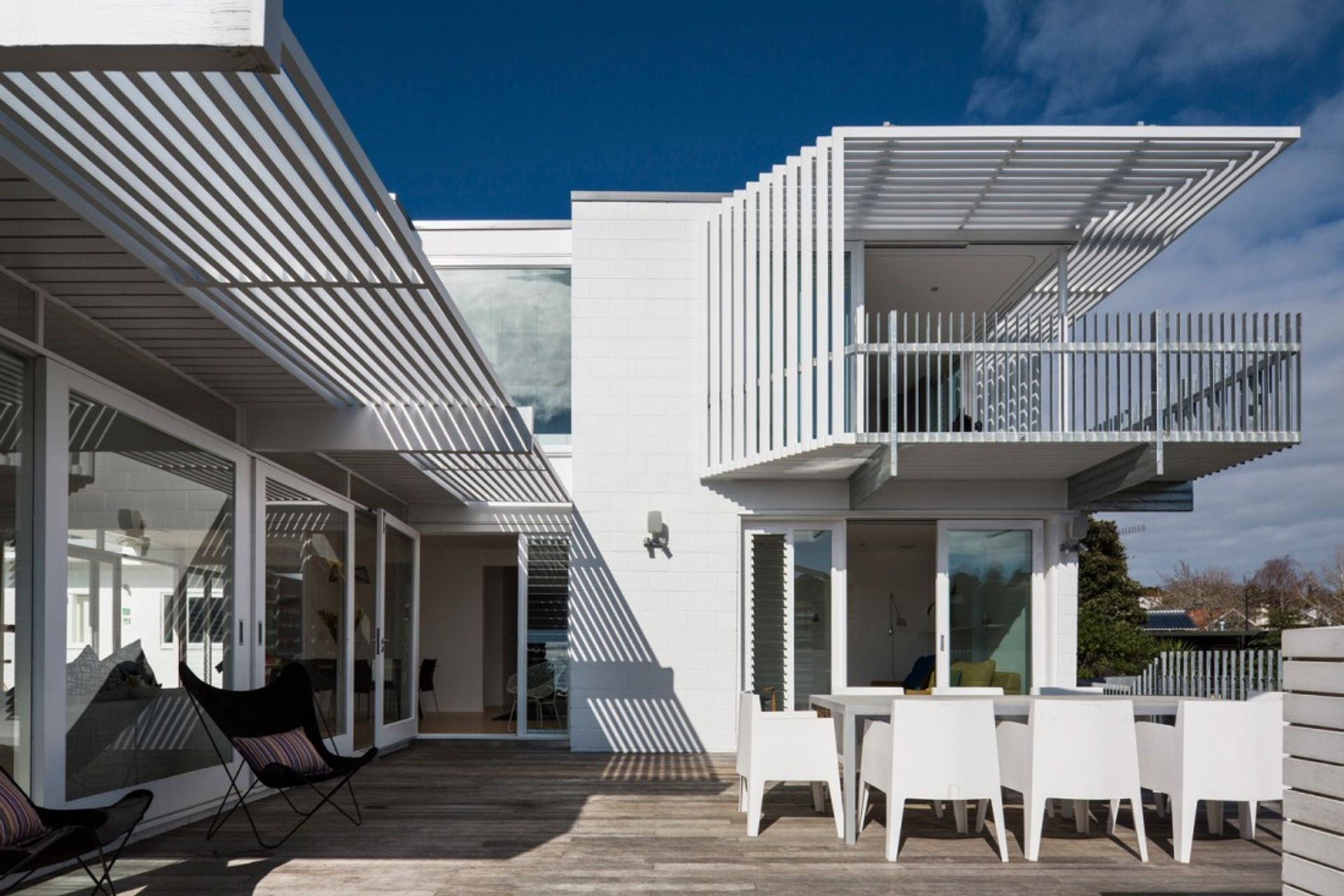To renovate or rebuild?
Written by
09 July 2017
•
5 min read

When pondering whether to renovate or rebuild, the most common consideration – and one of the most important according to architect Julian Guthrie – is that of character. Does the existing building have character that you want to preserve?
“Character though, can be both a positive and negative component. Some older homes may have a certain type of character that is not desirable, while others like villas will encapsulate character that is worth retaining,” Julian says.
“This question doesn’t stop there, though. For example, an existing house might be in very good condition but have zero character appeal, therefore to renovate large changes would be required because you would want to remove the unappealing elements of the original building. On the other hand, you might have an old villa that’s beautiful but that is in terrible condition so you would need to look at the cost of renovating and whether it is even a viable option.”
Orientation
Older homes often aren’t positioned on their sites as well as they could be, which can result in dark, awkward spaces – another important consideration when thinking about renovating or rebuilding. Could those awkward, dark rooms be improved with a renovation or is it not possible to open up those areas because of the orientation of the existing building?
“In some cases, this alone might tip the scales and direct people towards either one of the options. If it is the case that building a new home on the existing site is the only way to achieve the desired orientation, light, warmth, and views then it would make sense to rebuild,” Julian says.
Budget
Budget is obviously a primary consideration in this debate too, and the benefits of renovating often outweigh rebuilding in this sense because of what can be a somewhat daunting one-off cost when considering rebuilding.
“People are often very clear about their immediate budget; they know what they can spend now on a project. What appeals to people about renovating is the relative ease of paying for a project in stages over a number of years. Then there is the issue of accommodation during the renovation – in some cases it’s possible to remain in the house during the process, or the move-out period will be much shorter, again saving costs for the homeowner.”
Considering all options
Having a complete concept design created for the entire project is a good way to consider what can be achieved with a renovation, whether that is an immediate plan or a staged one.
“People find immense appeal in the knowledge that they can slowly improve their living spaces over time. For example, they might need additional space added immediately for an expanding family, but with an overall concept they can plan to add to those spaces later, or go back and work on the existing part of the house when their budget allows in a number of years.”
Whatever the final decision though, it’s important to be fully aware of all the options available. “I think the first stance should always be to start with the idea that it is a renovation and explore what is possible in that context,” Julian says. “Once that design potential has been examined, it’s about looking at how much of the building has been able to be retained within the changes that are required, and for the amount that is being kept, asking: ‘Do those areas compromise the overall design of the house compared to a fresh start?’”
If they do, then maybe the scales are tipped towards a rebuild. If they don’t compromise the overall design then it could be that a renovation is the way to achieve the project’s aims.
Consent
Another important issue to consider is the nature of what the relevant territorial authority will allow in regards to rebuilding on the same site. “As sites become smaller, it’s often the case that older homes have features you can’t replicate with a new building, such as their overall size and stud height.” Some cities also have character protection in suburbs aiming to preserve the existing homes, so demolition may not be permitted or require an arduous planning process to gain consent for a new build.
Hidden costs
Renovations though, despite their appeal in regards to retaining existing features, character and the ability to stage costs over a number of years, also have their downsides, particularly in regards to the inability to accurately consider cost in many cases.
“It can be hard to determine before actually starting any demolition what sort of state the structural elements of an older home are in,” Julian says. “If issues are found once the project is started – issues that cannot be foreseen – then you’re looking at unexpected costs that can be significant depending on what is found.”
Because there’s often no way to tell what may need doing until a project is started, this is a risk worth considering if it is decided a renovation is the answer. “We do find, though, that the older homes that have been the least altered in the past are generally the easiest to work with. Houses that have been structurally altered previously pose a bigger risk because we often find the work has been done badly or cheaply and requires further intervention to bring it up to standard or to complete the renovation.”
If you’re thinking about renovating or rebuilding, it’s also important to have an idea of the type of aesthetic and design you’d like to achieve from the outset so this can be taken into account by the architect in the initial concept design stages.
Visit ArchiPro here for some inspiration, and to peruse the largest selection of New Zealand residential architecture in one place – a rich, curated library of renovations and new builds.


